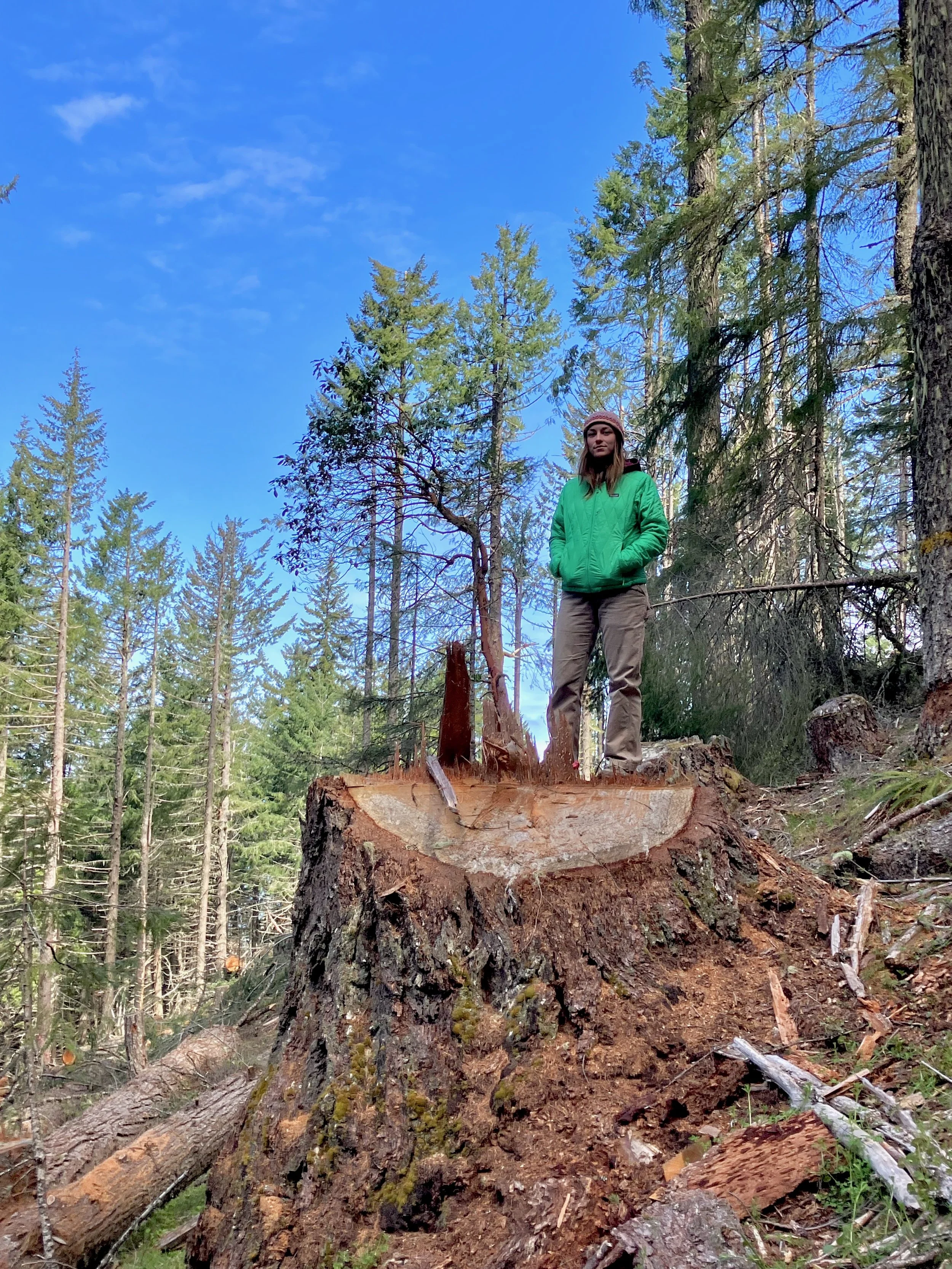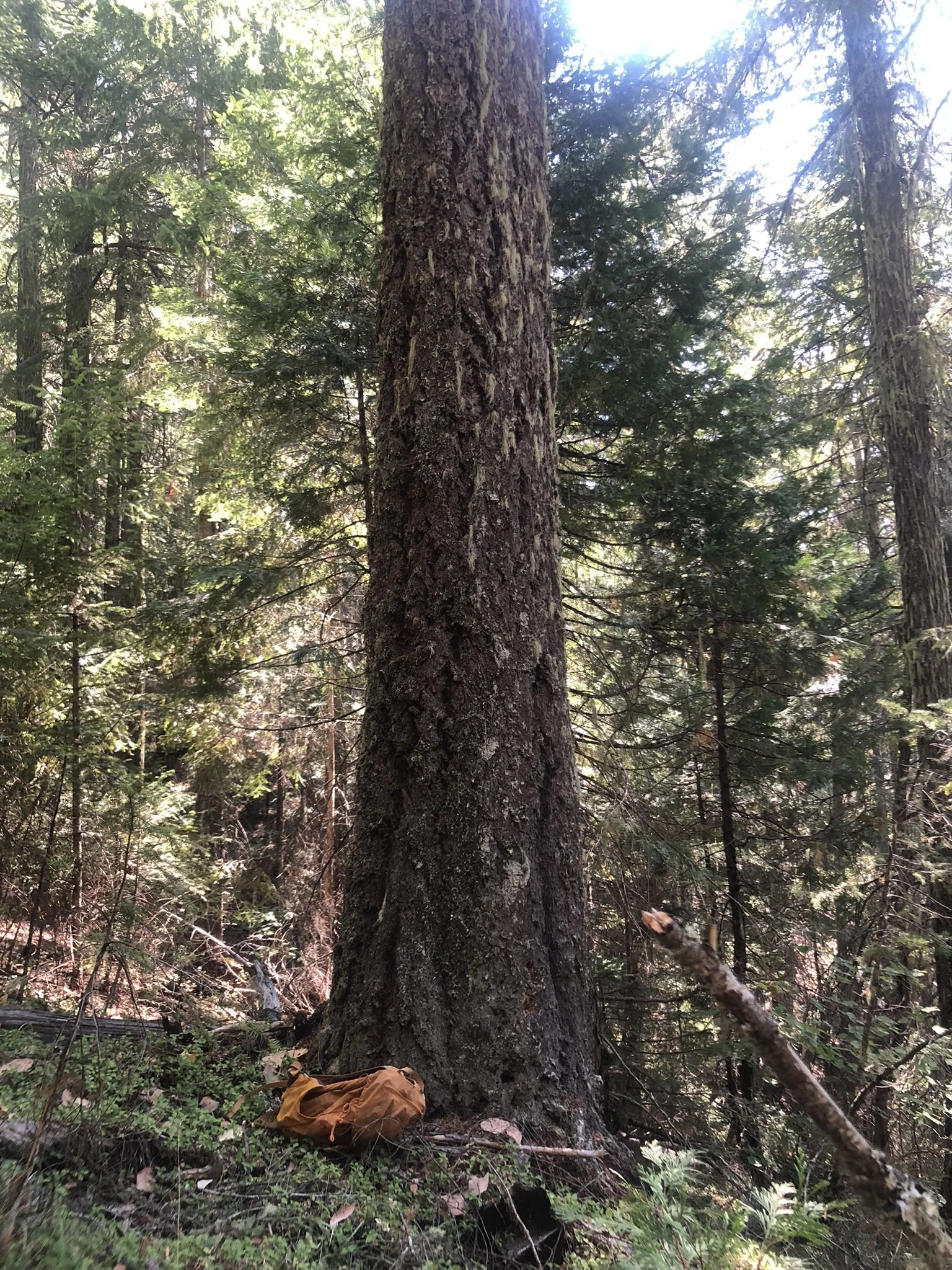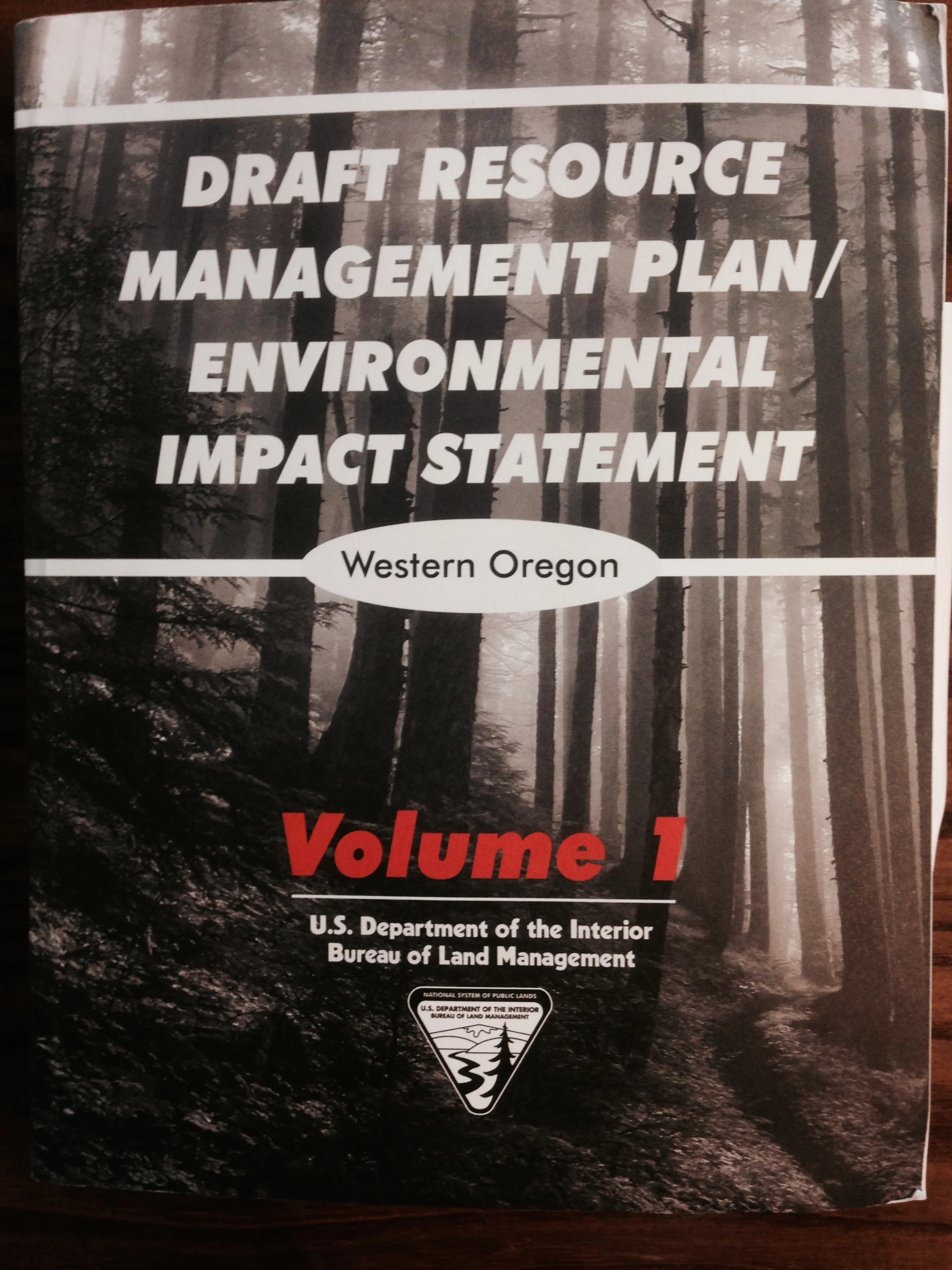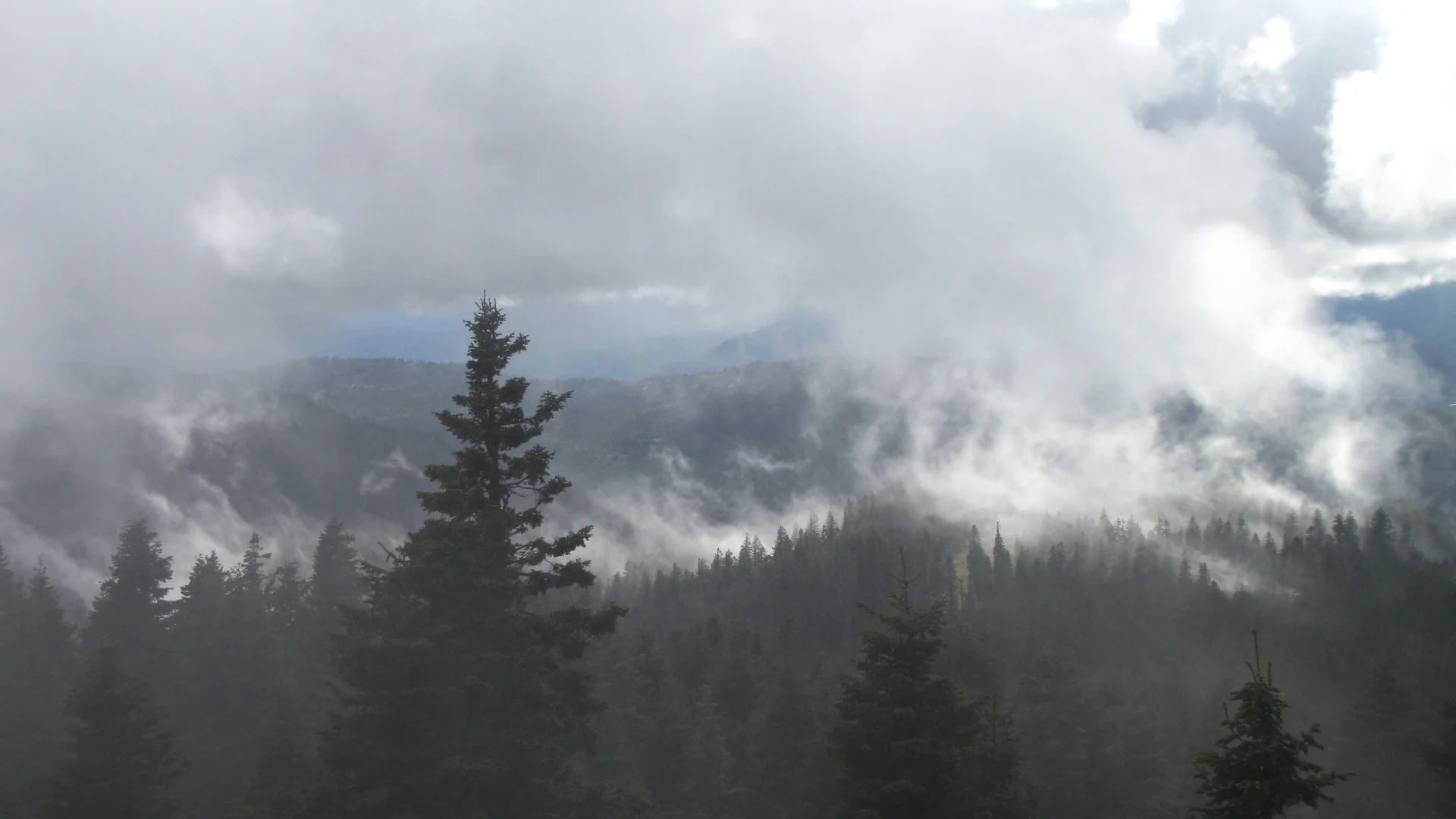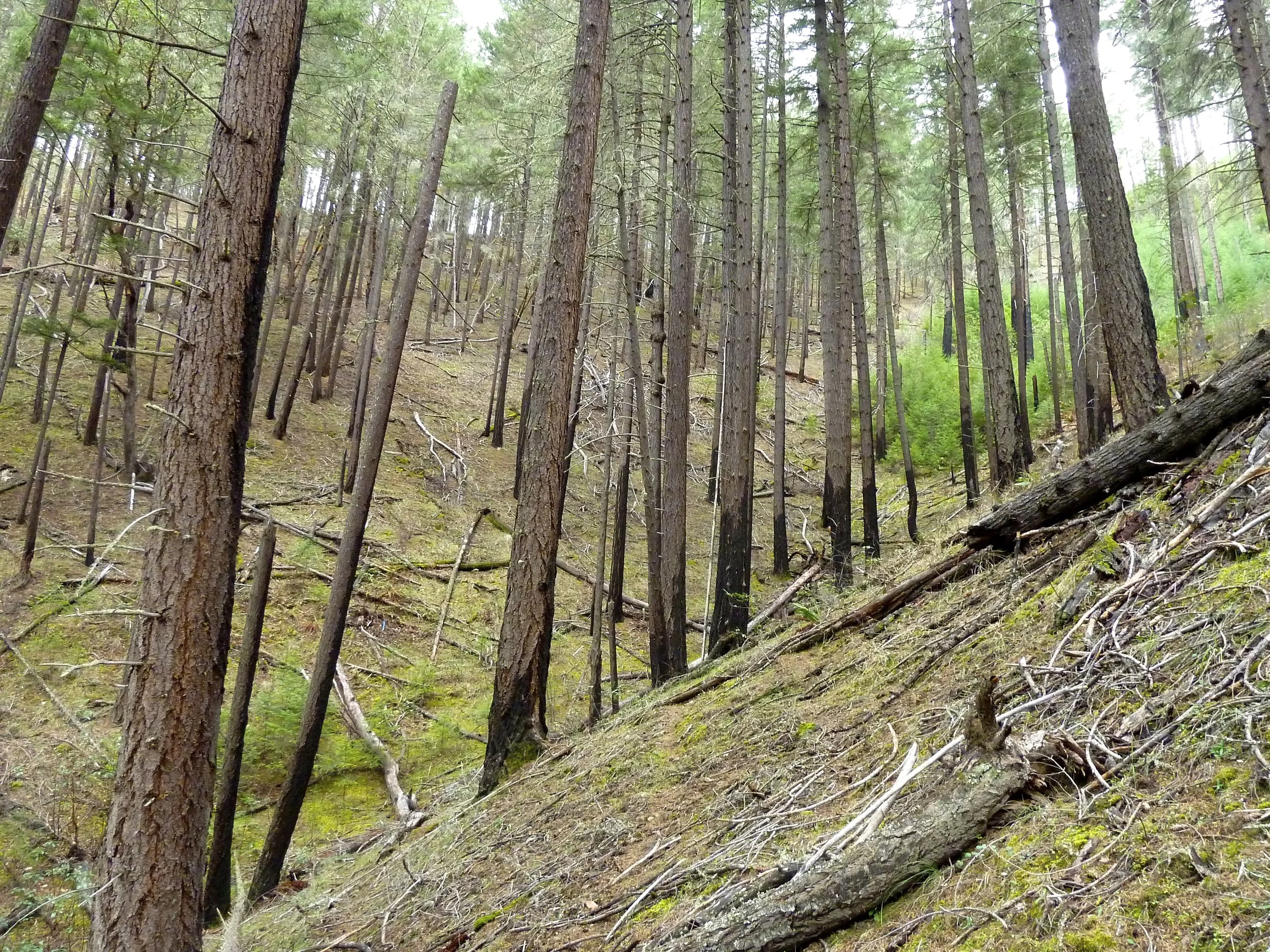Last week, I ventured into the field with George, our Conservation Director, to groundtruth a Medford District Bureau of Land Management (BLM) timber sale called Mill Rat within the Poor Windy project just north of Grants Pass, Oregon. What we found was heartbreaking. Click to read the full field report.
Read MoreThe Medford District BLM Poor Windy Timber Sale allows logging on more than 15,000 acres, including cutting down 4,573 acres of mature and old-growth trees.
Read MoreIncreasingly timber interests, conservationists including KS Wild, scientists and federal land management agencies are coming together to focus logging activities on thinning previously logged plantations and in fire-evolved forest stands in which fire suppression has resulted in encroachment by less resilient off-site conifers.
Read MoreOn August 5, the Bureau of Land Management (BLM) signed a management plan for western Oregon, largely ignoring a formal protest from 22 conservation and fishing groups. The BLM plan eliminates protections for streamside forests, increases clearcutting in wet forests, and removes 2.6 million acres of federally managed public forests from the 1994 Northwest Forest Plan
Read MoreThe 1937 O&C Act overhauled the timber management and revenue distribution scheme. It allowed the federal government to pay fifty percent of gross timber revenues directly to the O&C counties, plus twenty five percent (for unpaid Railroad property taxes) to O&C lands. In 1953 Congress directed 25% of the revenue to road building and other capital improvements on the O&C lands, leaving only 50% paid to counties. These payment schemes tied timber harvests to county revenues and made county government a champion of increased logging.
Read MoreThe history of the 2.5 million acres of land managed by the Bureau of Land Management (BLM) in western Oregon dates back to how the west was settled. One of the biggest obstacles to westward expansion was transportation. Moving goods from one place to the next and encouraging people to move thousands of miles across a rugged, wild landscape was a challenge without the infrastructure and modes of transport we enjoy today.
Read MoreToday, the backyard forests of the Applegate are primarily managed by the BLM. The guiding document for the future of these public lands is the Resource Management Plan (RMP), which includes all aspects of land management ranging from restoration objectives, to fire prevention measures and logging plans.
Read Morehe Oregon Department of Forestry (ODF) has failed to protect the clear, cold streams and fish in our region by excluding them in their decision to expand stream buffers for Western Oregon’s forests. ODF granted limited protections for streams to the north but left out almost the entirety of the Siskiyou region (essentially the Rogue Basin) in their policy decision.
Read MoreEnvironmental stewards can operate in a variety of ways: as practitioners, donors, and doers. Our staff works hard each day as practitioners, working directly with government agencies and stakeholders to promote best practices in the management of our public lands. Foundations and community members serve as vital donors, providing financial support for our work. The doers are all of you—KS Wild members, volunteers, interns, and partners—who take part in our work, voice your support for public lands, or even just get out on a hike.
Read MoreWestern Oregon’s BLM lands support salmon, steelhead, and wildlife while delivering clean water and recreational values to the public. These forests are source-drinking watersheds for hun-dreds of thousands of Oregonians, they sequester large amounts of carbon, and they provide crucial ecological functions. The natural amenities found on these public lands are highly valued and sought after, from local residents to tourists from around the world.
Read MoreAfter decades of trapping and poisoning, the last wolf in California was shot in 1924. Since then, roads and highways were built and huge tracts of forest have been converted to industrial tree farms. Today, the wolf re-enters a landscape filled with strip-malls, subdivisions, climatic shifts and severe drought. It will take work with residents in areas where wolves migrate to ensure co-existence.
Read MoreRetaining trees in streamside areas is incredibly important to keeping streams cool and water clean. A healthy riparian buffer where logging is limited adjacent to streams serves a number of important functions. The shade from trees prevents the water from getting warmer, something that will be more and more important in the face of climate change.
Read MoreRogue Riverkeeper and our allies have been fighting the proposal for a gas pipeline, power plant, and export terminal through southern Oregon for years. This dangerous and unnecessary project threatens private property owners with eminent domain, will impact dozens of threatened and endangered species, will clear-cut a 95 foot swath for 235 miles, will raise our gas rates here at home, and accelerate climate change.
Read MoreThe forests of the Klamath-Siskiyou Mountains are dependent upon fire. For millennia, lightning storms have ignited blazes that sparked the unique plant communities, tree composition and biodiversity that define the region. Our forests are evolved to accommodate the regenerative force of fire.
Read More
